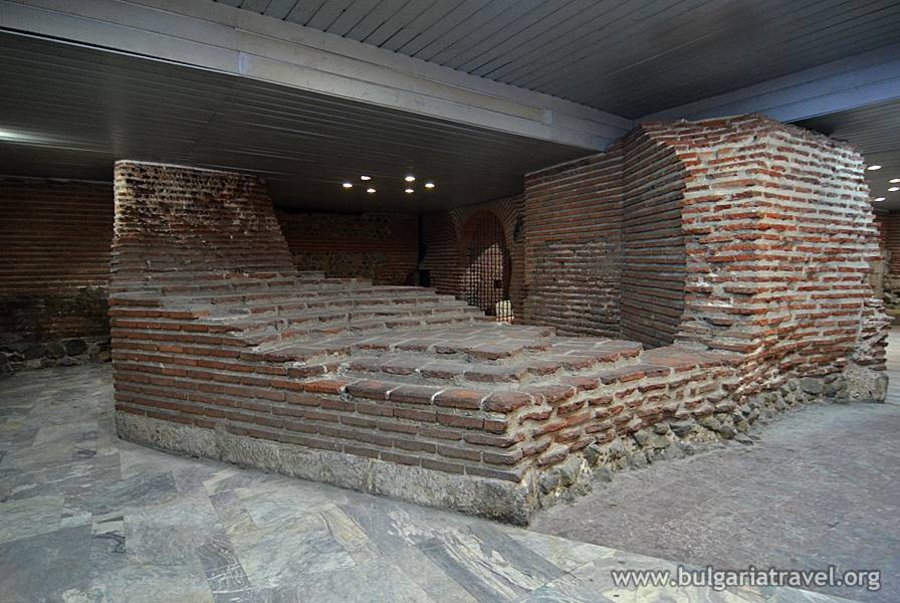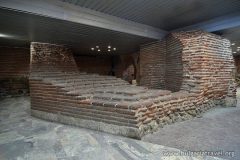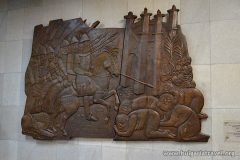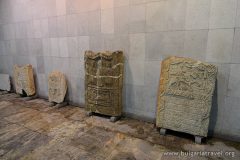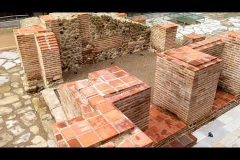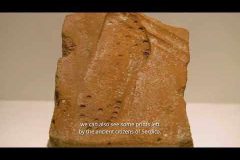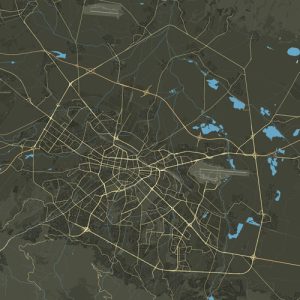The remnants of the ancient Serdika fortress are on display in the underground passage connecting the Presidency and the Council of Ministers in Sofia’s city center. The restoration and exhibition of the fortress’s eastern gate took place between 1997 and 1999.
Founded in the 2nd millennium BC by the Thracian tribe Serdi, the city of Serdika, or Serdnopolis, established itself in the vicinity of warm mineral springs. In the 4th century AD, the Romans, recognizing its strategic importance and mineral springs, conquered the city. Emperor Marcus Ulpius Trajan honored the city by naming it Ulpia Serdica during his reign (98-117), designating it as the administrative hub.
Serdika held a special place in the heart of Roman Emperor Constantine the Great (306-337), who famously declared, “Serdika is my Rome.” The decision to relocate the capital of the Eastern Roman Empire to Constantinople was made in Serdika, and until its completion, Constantine governed from there. Around 175 AD, during the rule of emperors Marcus Aurelius and Commodus, Serdika fortified itself with a city wall featuring four gates and watchtowers facing the cardinal directions. A second outer fortress wall was added in the 5th-6th centuries.
The city’s main streets, paved and leading to the forum beneath today’s “Sveta Nedelya” square, reflected the advanced urban planning of Serdika. The “Serdika” metro station area once housed opulent villas equipped with sewage, water supply, and paved streets. Roman administrative buildings occupied the southwestern part of the fortress. Archaeological excavations around the western gate unearthed remnants of residential and public structures, along with ceramics and other artifacts.
In 1976, the central historical core of Sofia, encompassing ancient Serdika and medieval Sredets, received recognition as a historical-archaeological reserve through publication in issue 47 of the State Gazette.

